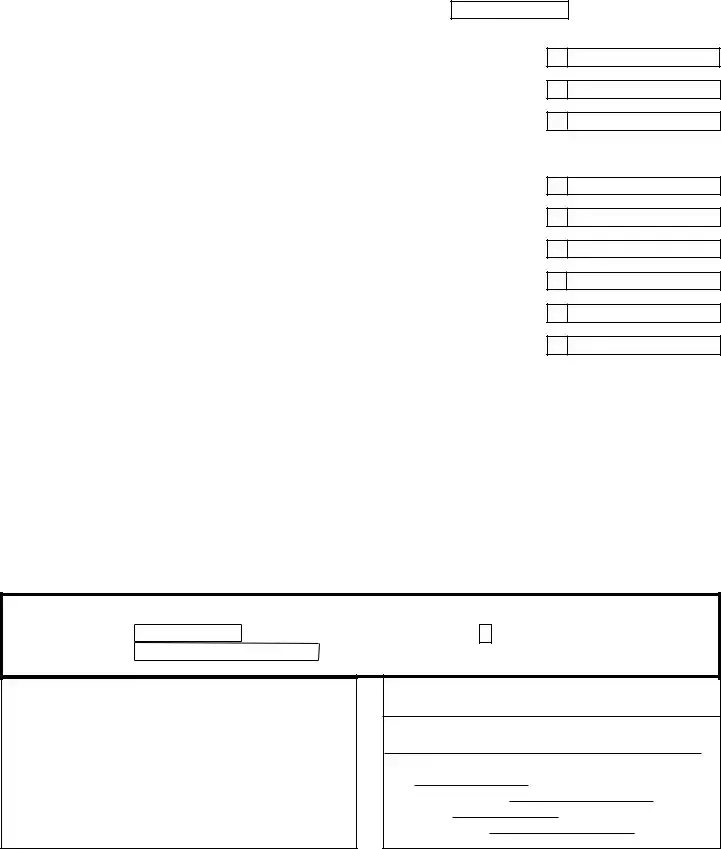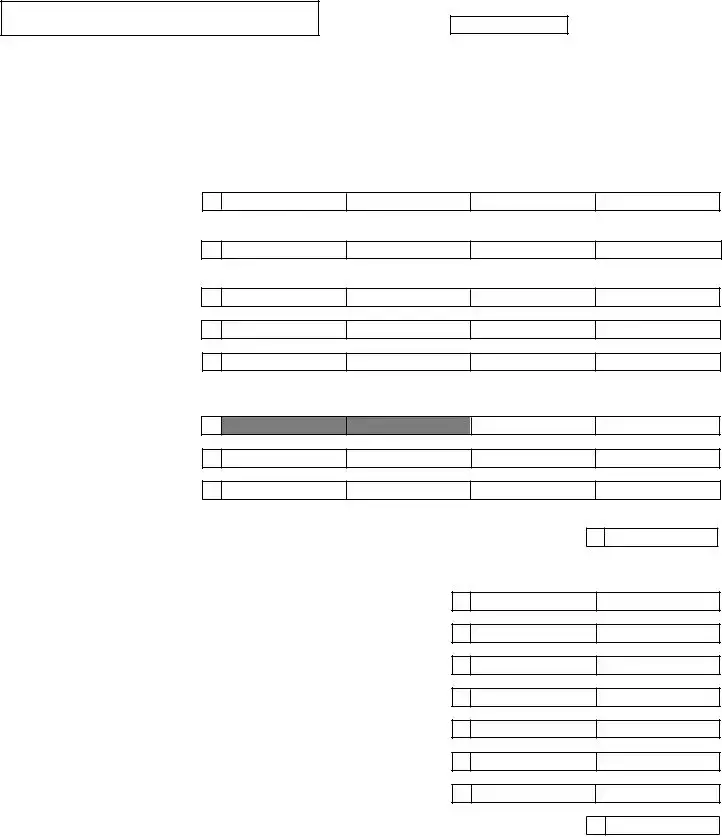The Nm FID 1 Form is a critical document for managing fiduciary income tax returns in New Mexico. This form is primarily used by the fiduciaries of estates and trusts to report income, deductions, and taxable income to the New Mexico Taxation and Revenue Department. It specifies that the original tax return and any taxes owed should be mailed by April 15, 2020, for the tax year 2019, with distinct guidelines for fiscal year estates and trusts. Featured within the document are sections for detailed information about the estate or trust, including the names and addresses of the fiduciary, details regarding the creation date of the trust or estate, and specifics surrounding the filing status such as final returns and amendments. It also includes provisions for calculating New Mexico taxable income, tax due, penalty, and interest, alongside sections dedicated to tax credits, payments, and withholding. Significantly, it outlines procedures for estates or trusts with income from both inside and outside New Mexico, introducing a nuanced calculation for the New Mexico percentage of income that factors in property, payroll, and sales percentages. Additional attention is given to direct deposit of refunds, indicating a modern approach to handling overpayments and refundable credits. Through its comprehensive structure, the Nm FID 1 Form embodies a rigorous process designed to ensure fiduciaries accurately fulfill their tax obligations while accommodating fiscal intricacies related to estate and trust management in New Mexico.


 Extended to:
Extended to: 

